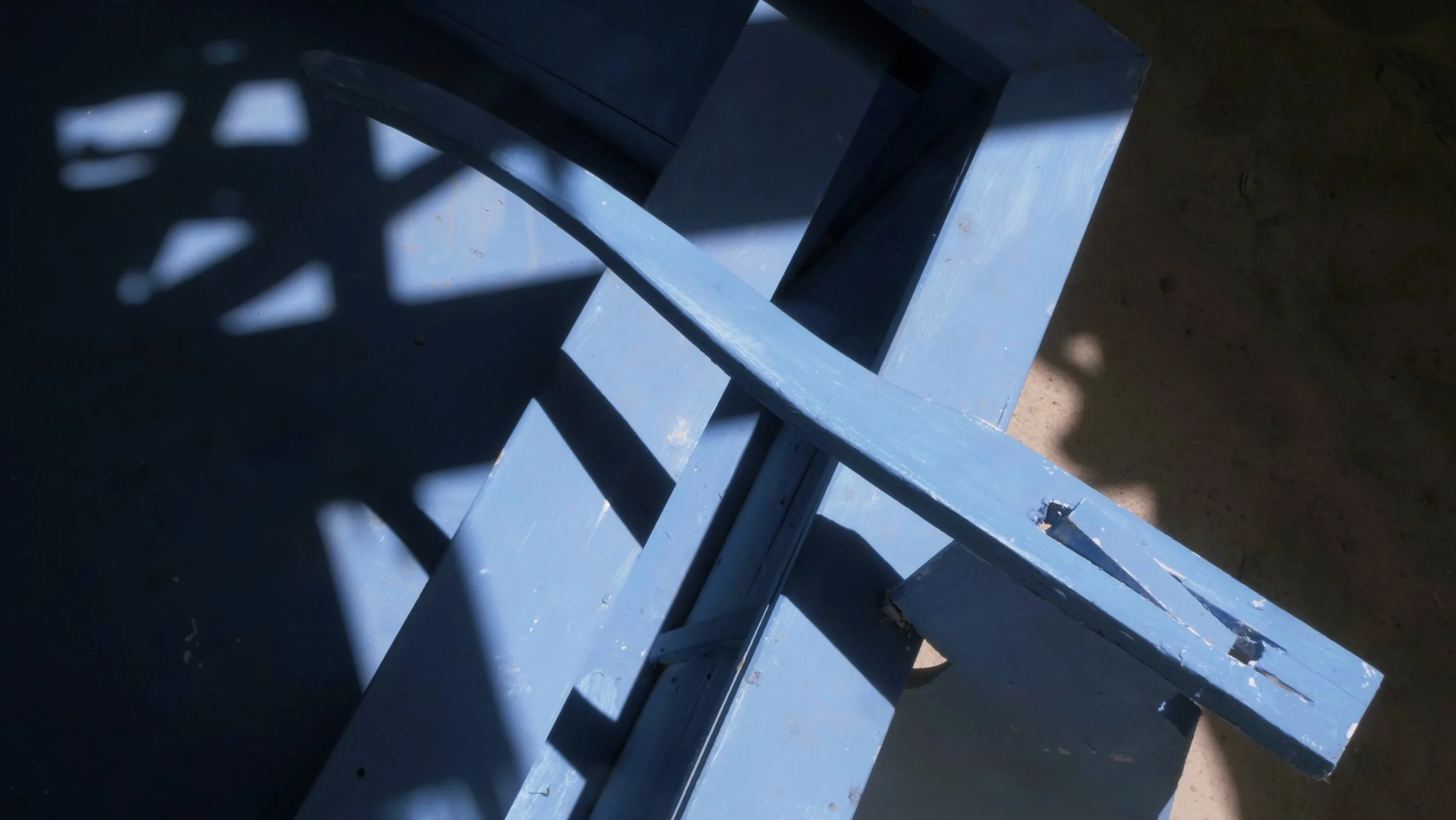Sand Taking Over - 2022
Sand Taking over is a sound installation that was installed in the old synagogue of Metameur, as a public space work
Located in the old synagogue in Metameur, Sand Taking Over is a site-specific participatory installation reflecting on the artist’s matrilineal oral history and memories of a synagogue left abandoned shortly after the Six-Day War of 1967. Chaddad’s maternal family migrated from Djerba to Metameur in search of economic opportunity, and resided in the town for the first six years of his mother Hbiba’s life. Desert sand covers the synagogue floor that Hbiba cleaned while dreaming of her ancestral island of Djerba; while women were typically banned from the main service in synagogues, an exception was made for Hbiba since she belonged to the only Jewish family in the village. She recalls a childhood filled with prayers and hymns echoing through the synagogue.
The piyyut, or poem, Shoef Kemo Eved, the liturgical Hebrew New Year chant written by the 11th century Andalusian scholar and poet Shlomo ibn Gabirol, loops on four speakers in the synagogue’s periphery. This call and response hymn is led by Myriam El Ferjani, a Tunisian actress known for starring in the critically acclaimed film La Belle et la Meute; her sweet, childlike recitations emerge from the synagogue’s eastern corner, reserved for the chorus leader, and are echoed by the cacophony of an all-male choir. This audio work presents the feminine in place of the masculine cantor, and reverses the status quo of the power dynamic between men and women in Djerbian society at large.
A replica of a flouka, a small wooden fishing boat, named after Chaddad’s mother Hbiba, sits in the center of the sea of desert sand engulfing the synagogue’s floor. Installed kilometers from Tunisia’s southwestern coastline, with a bed of desert sand taking the place of its natural home at the shore, the flouka denotes Chaddad’s family history, referencing their relationship with displacement and questions of belonging. Due to its proximity to the Sahara, the synagogue lies in an area at extremely high risk of desertification, reminding the viewer of Metameur’s consequential inhabitability, and calling attention to the risk of erasure, lost memories and forgotten heritage when faced with the inherent traumas of intergenerational displacement.
Visitors are asked to remove their shoes before entering the synagogue, and invited to sit in the flouka and listen to the liturgical hymn, Shoef Kemo Eved.
Photos by Zied Haddad
Curatorial text by Katherine Li Johnson
Wooden boat, paint, sand, four speakers, audio work ‘Shoef Kemo Eved’, 3:28 minutes
Metameur old synagogue, 2022




